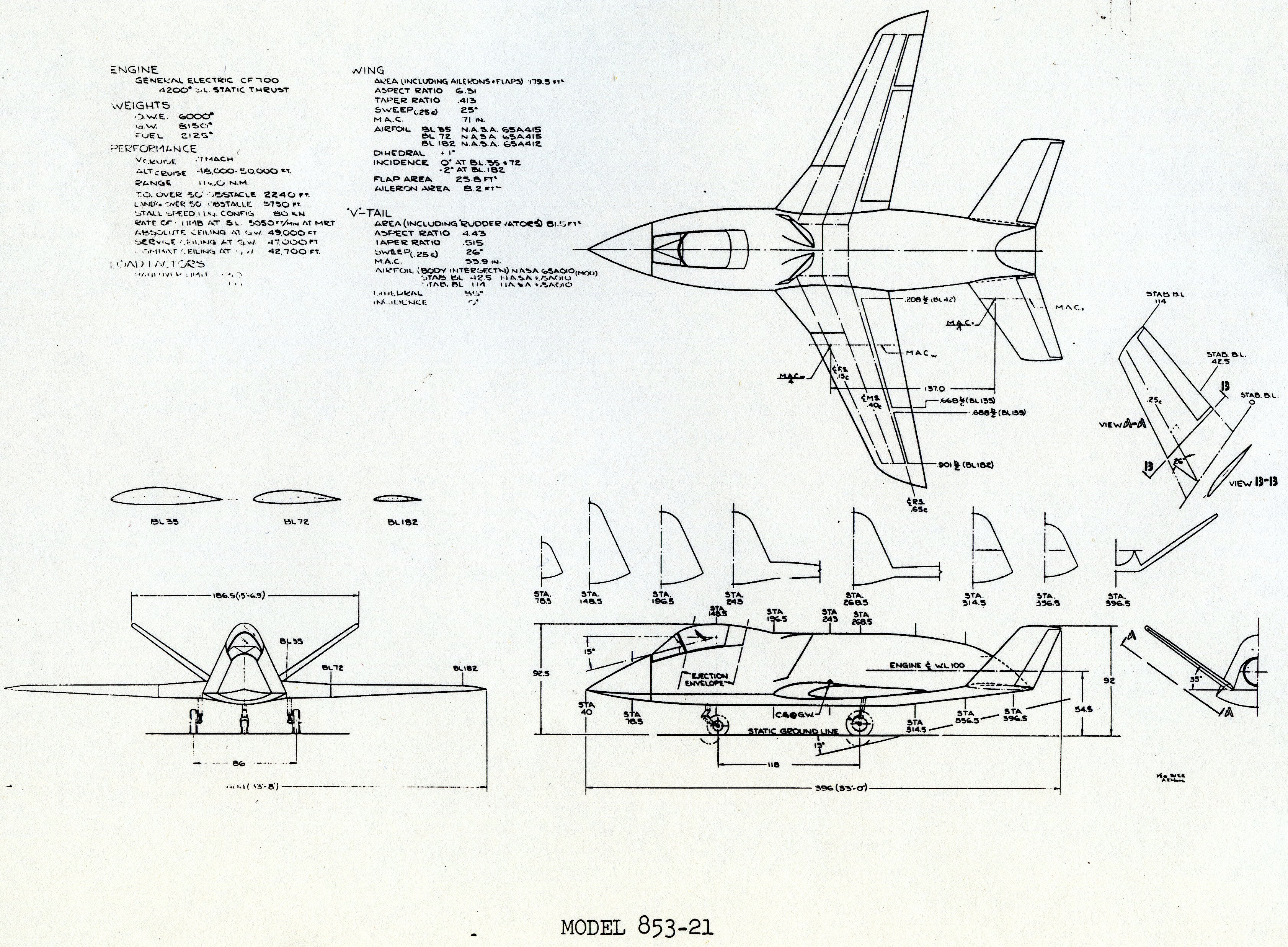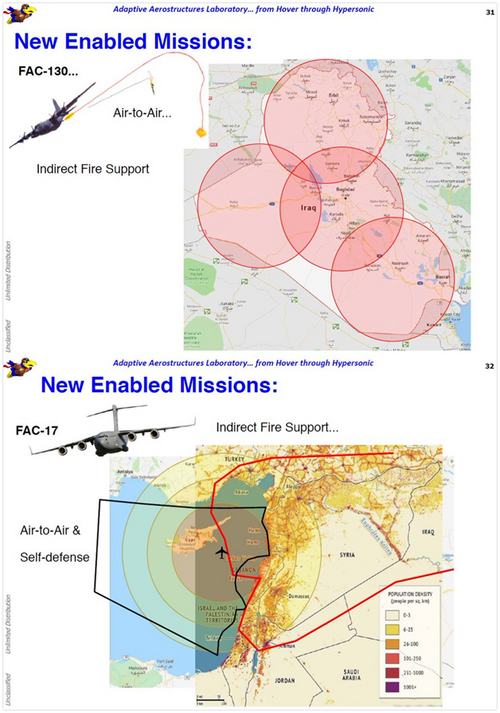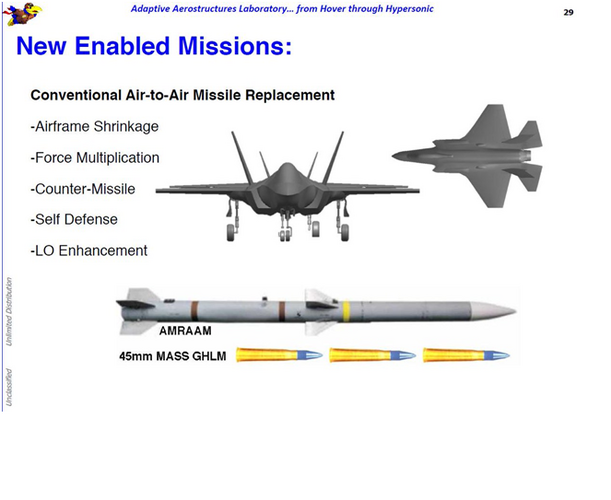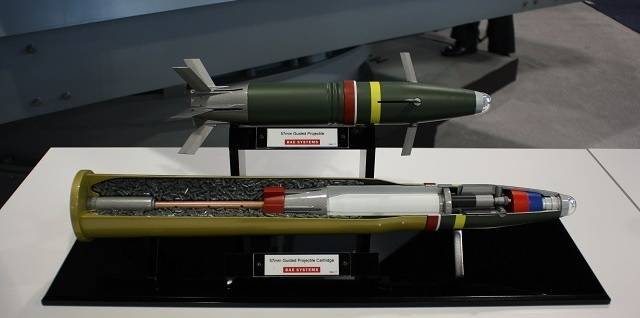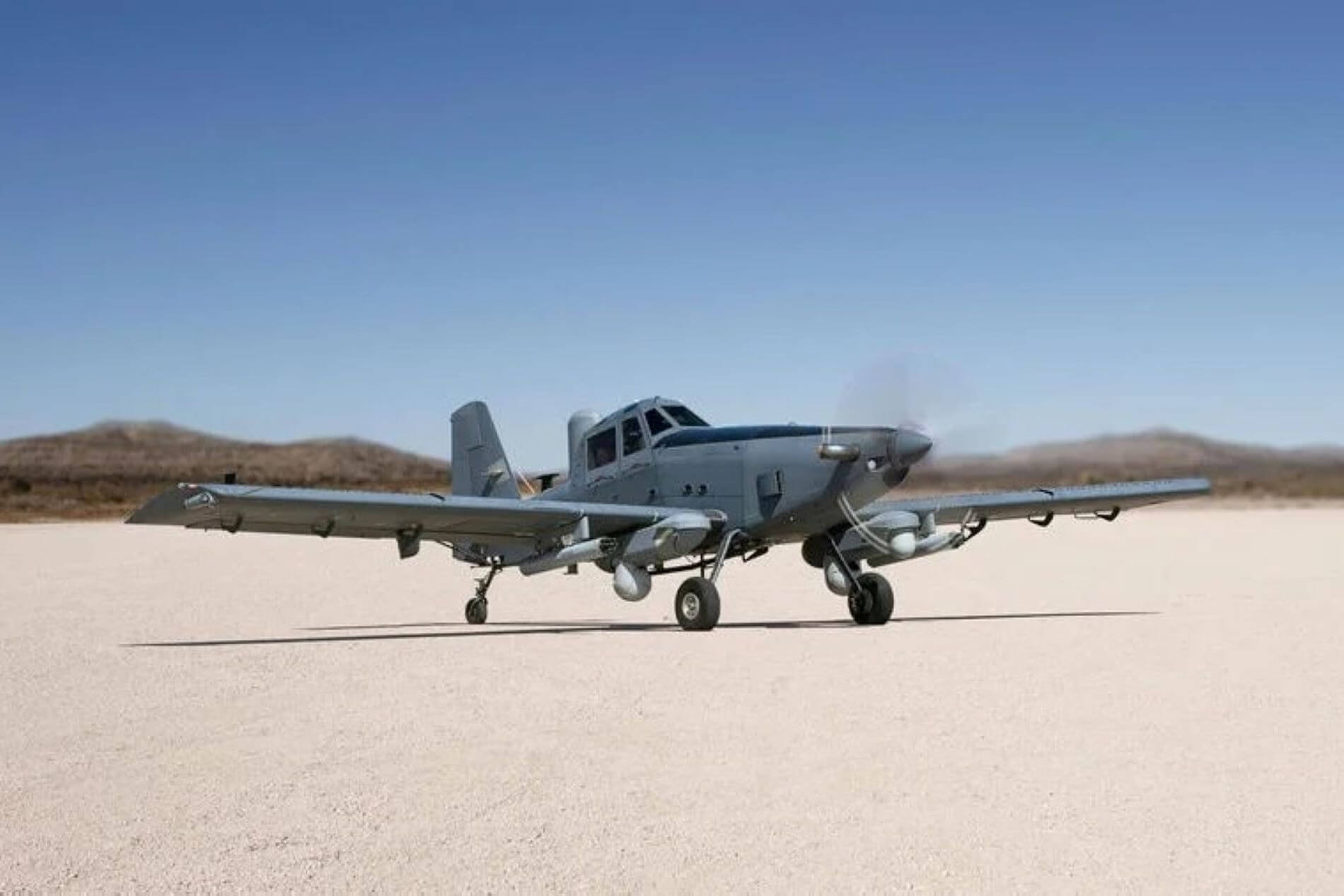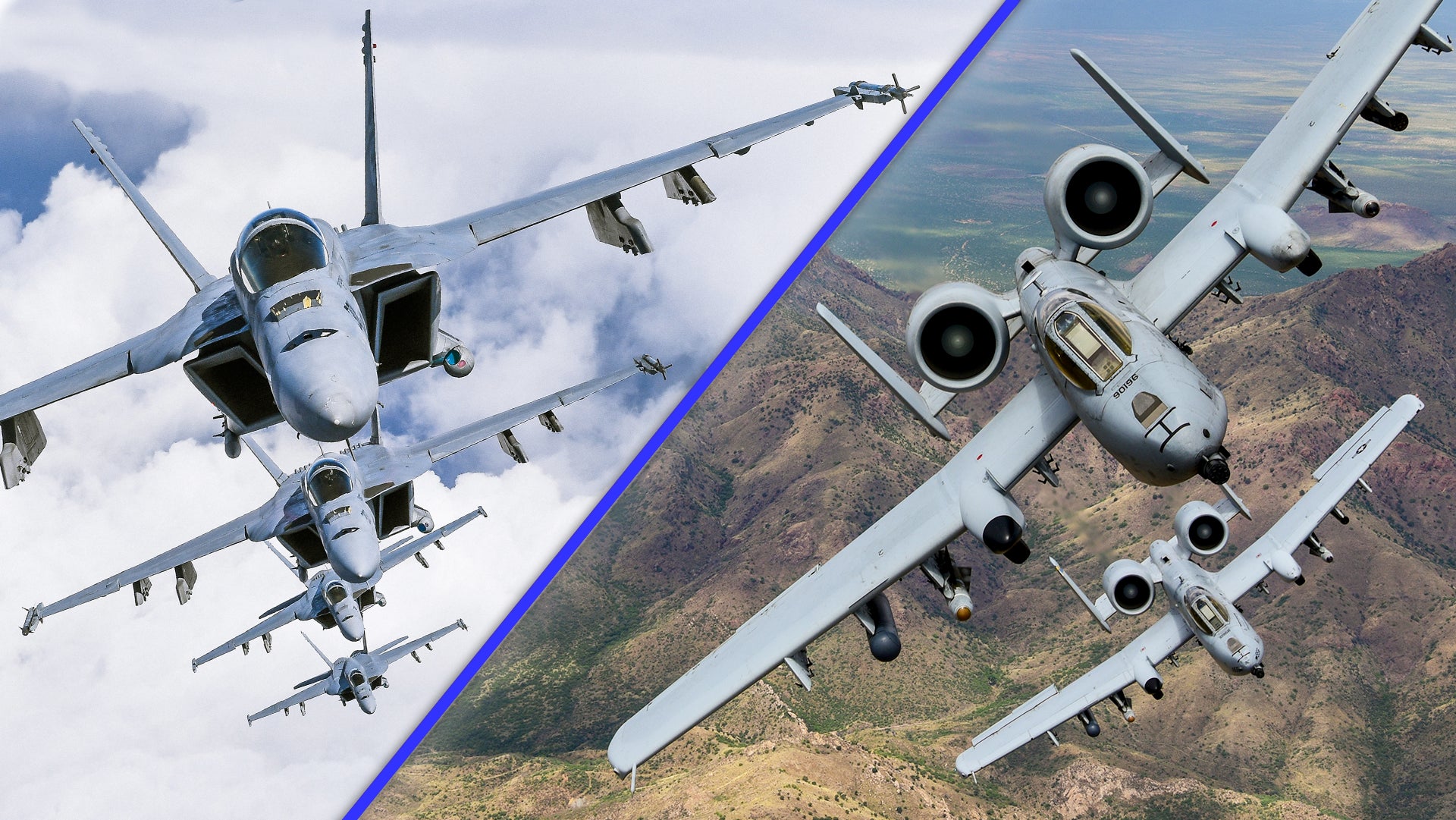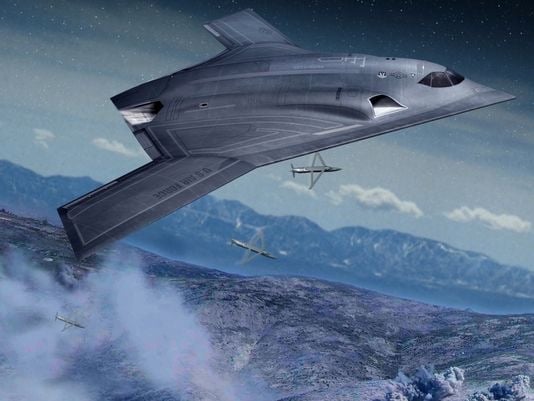But how do you make it cheaper with this list of requirements? What to trade off?
Do not need supersonic capabilities, just high subsonic. call it Mach 0.8 or so. So engines do not require afterburners, and airframe does not require high strength high heat tolerance materials.
Do not
necessarily need a super high end air interception radar, but do need good ground mapping and terrain following radar. (if the only difference is software, it's cheaper to use the same build on more aircraft than have a custom build for each)
Do need a back seater to operate drones in MUMT and act as flying FAC.
E.g. One key open question is does this platform operate at 30-50k ft (above most tactical air defenses) and rely on offboard sensors / UAVs or does it come in at 100ft using the MK1 eyeball and relying on speed, terrain hugging and decoys to stay alive? Or does it need to be able to do both depending on the circumstances and threat level from high-altitude SAMs and enemy fighters?
I would want it able to do both, to have the option as defenses evolve. That allows the planes to last longer, so their costs get amortized over longer lives.
What about an LO unmanned gunship in the likes of Tacit Blue, loitering high above the battlefield, stuffed with SDBs, ALEs, etc., ready to get a target assigned by ground forces any time?
Probably one of the drones the Replacement will quarterback, not the Replacement itself.
While precision is certainly important, when supporting troops in contact it is critical that support can be given in close proximity to friendly forces. Typical ground engagements ranges have been less than 250 meters between friendly and enenmy forces - most often less than 50 meters.
"Precision" weapons such as SDB, Hellfire, Griffin, etc. have danger close distances that make them difficult to employ in close proximity to friendly forces. They work by exploding and sending fragements into the enemy. While their aiming may be precise, their effects are not.
Until a low collateral damage weapon that harms ONLY enemy forces is developed (ie a Counter Fratricide Weapon) guns are still the weapons that can employed by aircraft closest to friendly forces.
Here are the danger close distances for several different weapons for comparison:
GBU-39 : 225
AGM-114 : 110-115
AGM-176 : 120
LCDB : 100
FFAR : 200
30mm (AC-130) : 100
GAU-8 : 65
M61: 60
M230 : 40
I believe you can have guns a little closer than that if you make a gun run parallel to the line of contact instead of perpendicular.
Also, do you happen to have the Danger Close range for APKWS? Because I was leaning towards APKWS for the long distance danger close shots, as the plane rolls in for the gun pass. Should be under 100m, i think.
I would say the opposite is true. Supposely that Hellfire variant is designed for very low collateral damage. It may be exactly the kind of weapon that could be used when supporting troops in contact.
Is the Hellfire powered through the entirety of flight? If so, the rocket will act as a high explosive when the casing shatters on impact. And that makes a larger boom than an unpowered kinetic impact with ginsu blades deployed.

